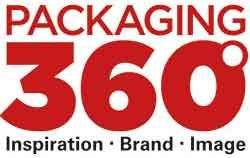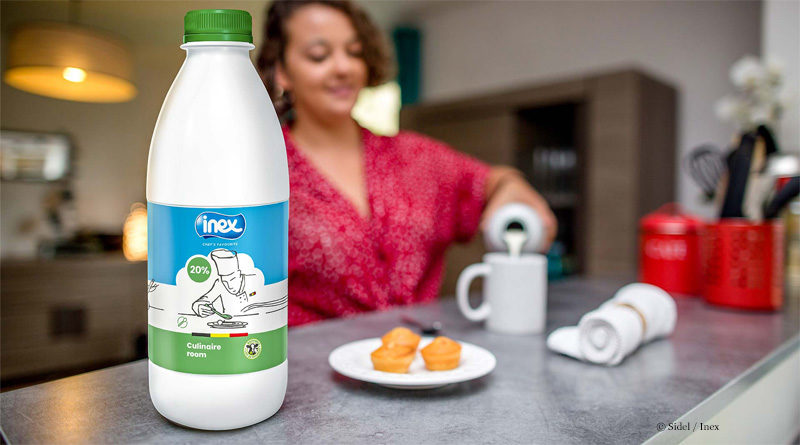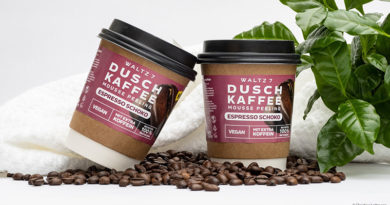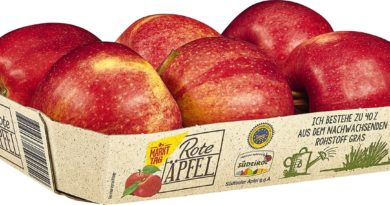UHT Milk in PET Bottles
Milk specialist Inex from Belgium has switched from carton to PET in packaging for part of its production. It has opted for an aseptic PET packaging line from Sidel: It is designed to help meet a growing demand for locally produced milk.
Belgium-based Inex specializes in supplying high-quality milk. The company produces a variety of dairy products, including fresh and UHT milk, dairy drinks, cream and other dairy products. The company exports around 50 percent of its production to neighboring countries. The milk comes exclusively from local Belgian farmers with whom Inex has established long-term relationships. Inex produces private labels for leading retailers, but also products under its own name.
A new aseptic line for packaging UHT milk in PET bottles will help increase production capacity and improve the carbon footprint. This comes from packaging machine manufacturer Sidel. In this context, Inex has partially switched from carton to white PET for the packaging material. “The new PET bottle contains a minimum of 25 percent recycled PET, is 20 percent lighter than other plastic bottles made of PE, and therefore has a 20 percent lower CO2 footprint,” explains Steven Dierickx, CEO of Inex.
PET makes a difference on the shelf
Sidel emphasizes that the new PET packaging for UHT milk products in 0.5-liter and 1-liter bottles stands out advantageously from the crowd compared to conventional carton packaging. The white PET bottle is opaque and ensures a long shelf life without aluminum foil, as well as the integrity of the products. Sidel worked closely with the preform supplier to ensure that the bottle would not leak even when stored horizontally in the refrigerator.
In addition, Sidel’s aseptic “Combi Predis”, a stretch blow-fill-cap solution with dry sterilization of the preforms and caps, makes production much more environmentally friendly, according to the company. In addition, sterilization of the bottles during production uses no water and very few chemicals.
Plant creates flexibility
“Initially, the customer favoured a special line design with some room for optimization in the production set-up owing to the space constraints at the plant. Therefore, we suggested Inex divide the production between two buildings,” explains Sébastien Sergues, Business Development Manager for the food category at Sidel. As a result, production flow on the new PET line was distributed between a plant dedicated to bottling and labelling and a warehouse designed for palletising, pallet wrapping and shipment management, with packs conveyed between the two locations. The new PET packaging line now also opens up the necessary production flexibility to package other products, such as cream, in PET bottles in the future.




